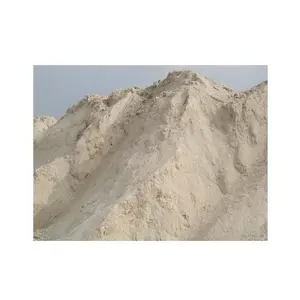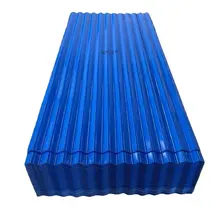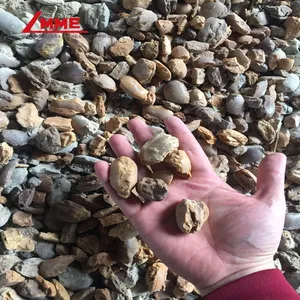Understanding Steel Slag
Steel slag, a byproduct of steel-making, is a versatile material with a myriad of uses in various industries. This aggregate is formed during the separation of molten steel from impurities and is known for its durability and resilience. Its composition varies depending on the source of iron and the type of steel produced, resulting in different types suitable for specific applications.
Types and Features of Steel Slag
The types of steel slag are primarily categorized based on the steel-making process from which they originate, such as Basic Oxygen Steel (BOS) slag, Electric Arc Furnace (EAF) slag, and Ladle Furnace (LF) slag. Each type exhibits unique characteristics; for instance, BOS slag is known for its robustness, making it suitable for heavy-duty applications. EAF slag, often higher in iron content, is prized in the construction industry for its stability. LF slag, with its high calcium content, is utilized in soil amendment. These slags undergo various treatments, such as crushing and magnetic separation, to enhance their properties and suitability for different uses.
Applications of Steel Slag
The applications of steel slag are diverse, ranging from road construction, where it serves as a superior base material, to its use in cement clinker production due to its high calcium content. In the field of environmental remediation, steel slag's capacity to treat wastewater by removing contaminants is highly valued. Additionally, its physical properties make it a sought-after material in marine construction, providing both stability and durability.
Material Composition and Advantages
Steel slag is composed of calcium, magnesium, silica, and iron oxides, contributing to its strength and resistance to wear and degradation. This composition also imparts excellent anti-corrosion properties, making it a long-lasting material in corrosive environments. The material's inherent durability ensures a longer lifespan, reducing the need for frequent replacements and thereby offering economic advantages in large-scale projects.
Sustainability and Environmental Impact
The use of steel slag aligns with sustainable practices, as it is a recycled product that reduces waste from steel-making processes. Its utilization in various sectors helps in conserving natural resources by replacing natural aggregates. Moreover, the material's recyclability contributes to the circular economy, further minimizing its environmental footprint.
Quality Assurance and Industry Standards
Steel slag products adhere to stringent industry standards, ensuring their reliability in performance. These materials are subject to rigorous testing and are often certified to meet specific industry requirements. The adherence to such standards reflects the commitment to providing materials that meet the expectations of various industrial applications without compromising on performance.


































 浙公网安备 33010002000092号
浙公网安备 33010002000092号 浙B2-20120091-4
浙B2-20120091-4